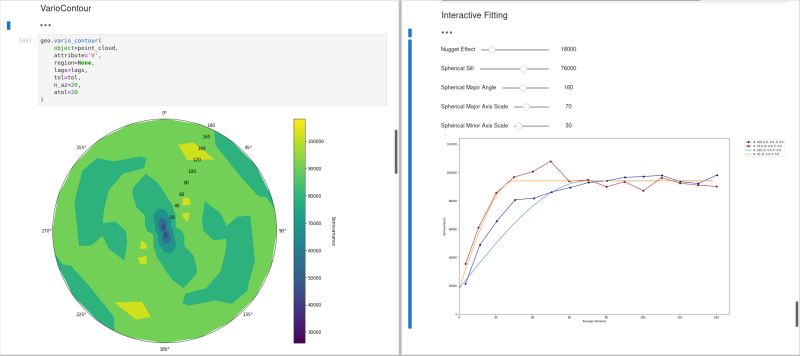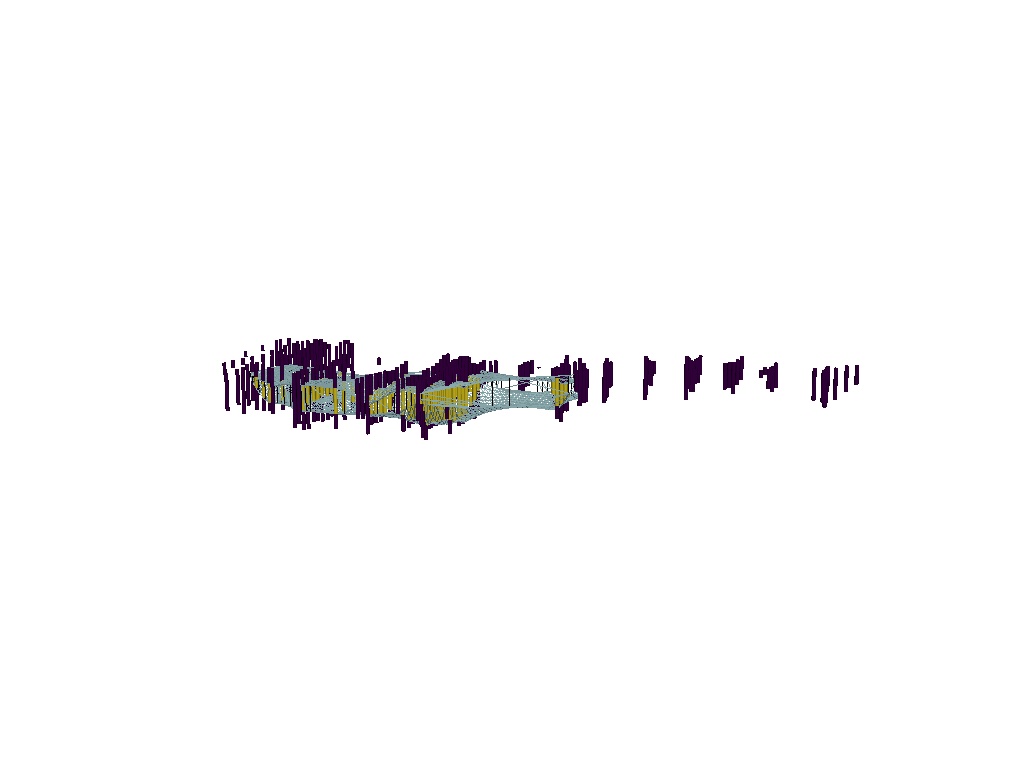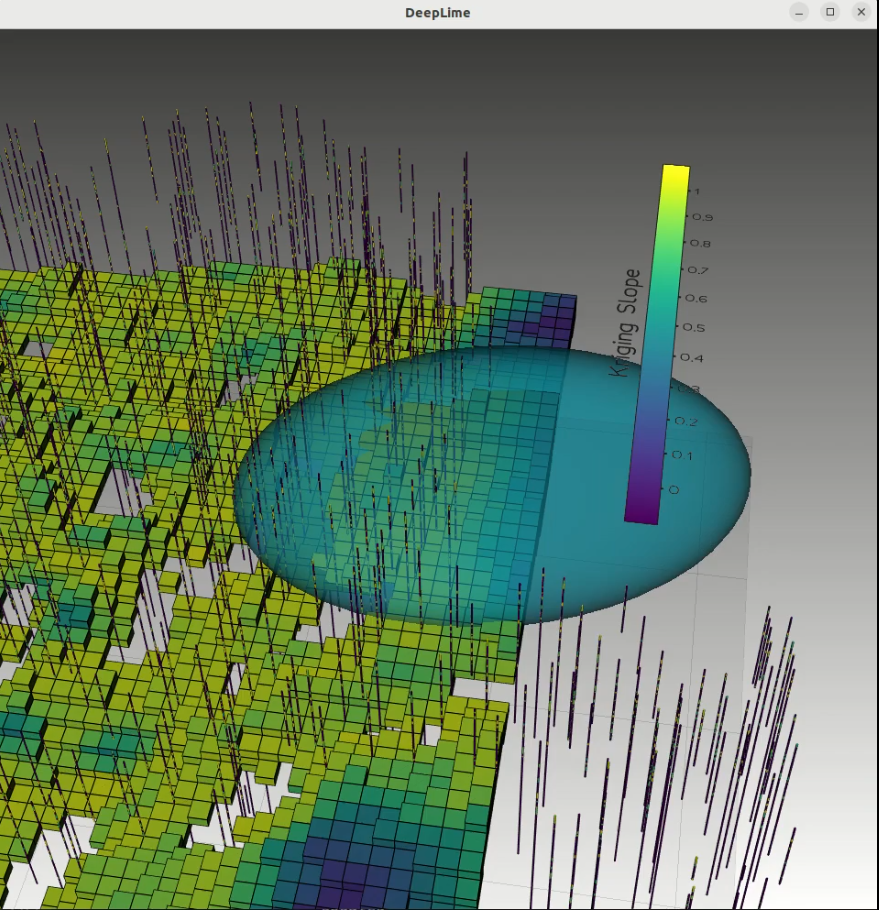· Posts · 2 min read
It’s not too late to be awesome 🚀

In November 2020, we released a library of Python functions 🐍 useful for the mineral resources estimation workflows ⛏️ : it was the beginning of the 0.x GeoLime series.
After a year of utilization, we identified pain points and missing key functionalities 😨 : during the summer of 2021, we skipped the vacation time 🌴🏄♀️ and went straight into coding 🤖 : it was the beginning of the 1.x GeoLime series.
After 9 months or so of intense work 🚵🏽♂️, on March 10th, 2022, we officially released GeoLime 1.0.0 🎉
But, wait a minute 🤔… we forgot something… we just didn’t tell anyone about it! 😱😱😱
How could we forget about it, knowing that:
we focused on the performance 🚄 of the geostat algorithms - such as kriging and localized uniform conditioning - by compiling them directly in a shared library rather than in Python
we changed the Object API to be more functional and object-oriented 🎯
we added algorithms 🧮 such as SGS and objects such as Surface and Voxel so that geothermal and oil & gas use cases are not left hanging
we improved plotting and interactive visualization in map views 🗺️
Well, it’s not too late ⌛ to be awesome 🚀! Check out the examples or the API documentation to get an idea of the full extent of the library.
And of course, don’t hesitate to contact us directly 💌 to request an evaluation or simply get more information about GeoLime and how we can help you use it fully integrated as part of your current projects.



